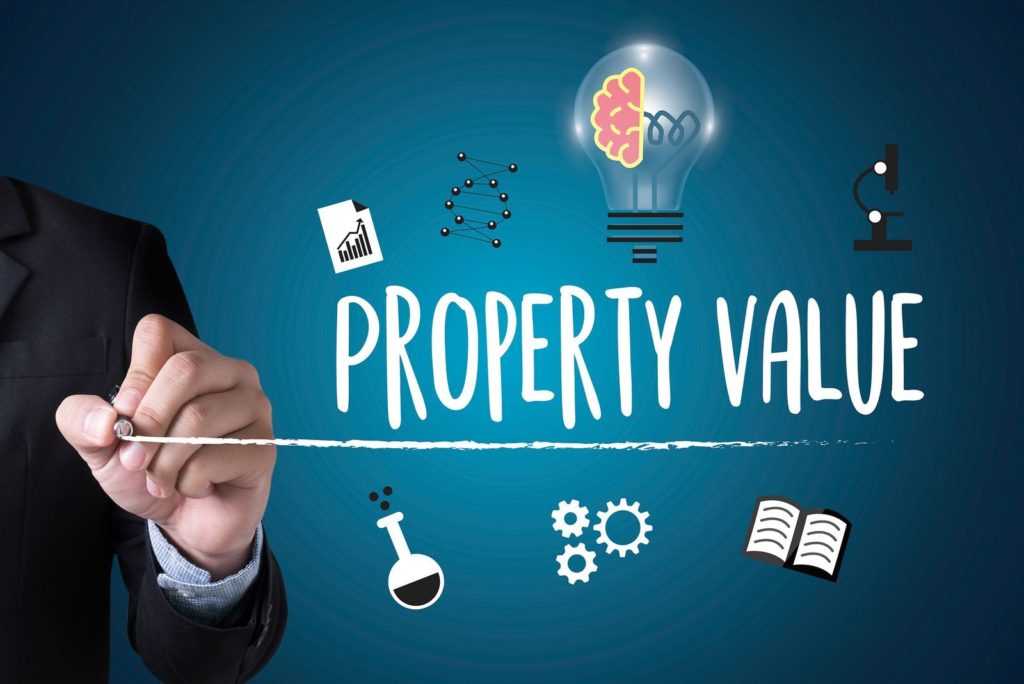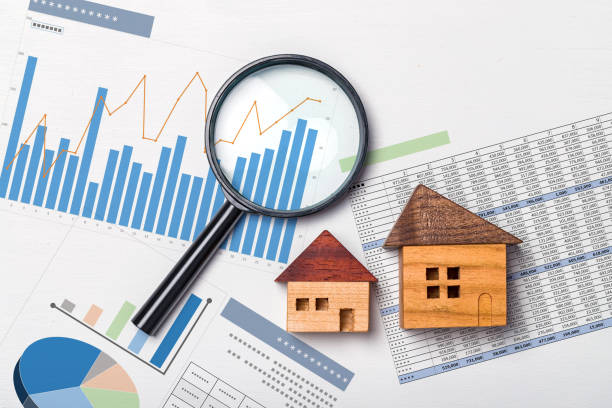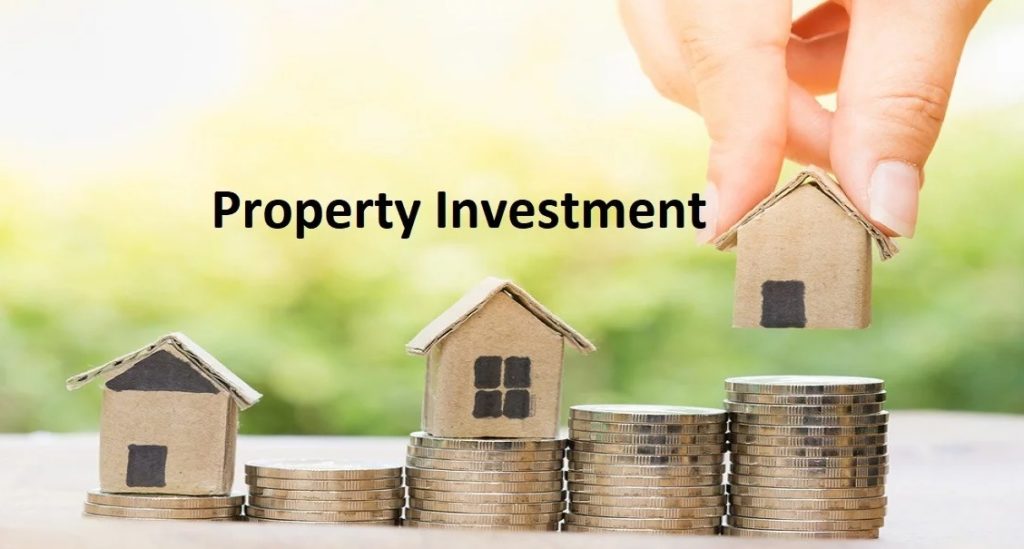Many investors conduct a cash flow analysis and determine the actual value of the real estate before buying any investment property.
They use these metrics to know whether a certain property meets their investment goals. Graana.com, Pakistan’s smartest property portal, describes below how to value investment property in order to predict the return on investment.
Ways to Value an Investment Property
When it comes to buying or selling an investment property, the following valuation methods can help you make an informed decision.
Sales Comparison Approach

This is one of the commonly used approaches for valuing residential properties. In this strategy, an investor compares similar properties sold or rented out in the area over a certain period of time.
The value of the property will be based on different features, like the number of bedrooms and bathrooms, location, etc. Based on these, the investor assigns a value to the property.
For instance, if a property is sold at a price of PKR 5 million, then investors can expect the property with similar features to be sold around the same price.
However, the only problem with this valuation method is that it isn’t entirely reliable, as every buyer and seller has different preferences. It isn’t an accurate valuation system, but you can use it to get the base value of a property.
Income Approach
Most real estate investors use this method to find out the potential income of any commercial property. This method uses the annual capitalisation rate (cap rate) to know about the value of real estate.
This cap rate is important in making an assumption about any real estate property because, without net operating income and cap rate, you won’t be able to calculate the market value of the property in this method.
For instance, if you’re looking to buy a property that will cost you PKR. 1 million and the expected rental income is around PKR 10,000, then the cap rate will be
(10,000 X 12 months)/1,000,000 = 0.12 or 12%.
Once you have calculated the capitalisation rate, you can determine the potential income of any rental property.
Gross Rent Multiplier

This method is similar to the income approach as it is used to calculate the value of a rental property. In the GRM method, the value of the property is based on the rent that can be collected each year.
However, operating costs like insurance, taxes, utilities, etc. aren’t included in this. The only difference between GRM and the income approach is that GRM doesn’t use a capitalisation rate; instead it uses gross rent for the valuation of a property.
To find out the value of a property, you need to look at the rental income of other properties in the same area.
Suppose a commercial real estate is sold at PKR 500,000 and has an annual rental income of PKR 50,000. To calculate the GRM, divide the sale price of the property by the annual rental income (PKR 500,000/50,000 = 10).
After calculating the GRM, you need to compare the property that has been sold and the property you’re looking to buy. If the price of the latter is higher than the property sold in the same area, then you should look for other options.
Knowing the annual rental income in this method is important as, without it, you cannot determine the market value of the property.
Capital Asset Pricing Model
Compared to all the aforementioned methods, this is one of the most thorough valuation tools used to determine investment properties. It introduces the concept of risk and opportunity cost.
When you’re valuing any investment property according to this model, you need to consider different factors, like location and age of the property.
For example, if you’re buying an older property, then it is likely you’re going to incur higher maintenance costs.
By considering these risks and expected return on investment, you can determine the value of the property. If the risk on a certain property investment exceeds the expected ROI, then it is recommended that you shouldn’t buy that property.
Cost Approach

In the cost approach method, any investor shouldn’t pay more for a property than the cost required to construct a new structure with similar features.
However, sometimes these valuations are inaccurate because of the differences between land and building material. If the same materials are not available for constructing the property, then the valuation won’t be accurate. This approach is better for newly constructed buildings.
Problems with Property Valuation
The calculations involved in these valuation methods aren’t easy as you need to gather relevant data beforehand.
Furthermore, these valuation methods don’t factor in any changes, such as the boom or contraction of the real estate market. These can have an impact on the value of the property, which isn’t easy to calculate via these valuation tools.
Conclusion
There are some other value estimator methods available for real estate investors. However, those aren’t going to help you in determining the actual value of the property. Having an understanding of these methods can help you to make an educated guess about the value.
Once you have figured that out, you can calculate the return on investment and analyse the cash flow each month.
To know more about real estate investment, visit Graana.com.





its a good blog